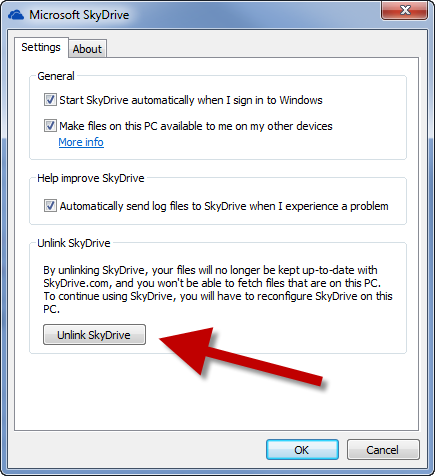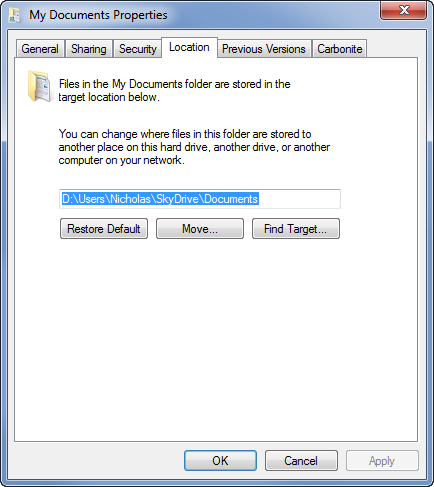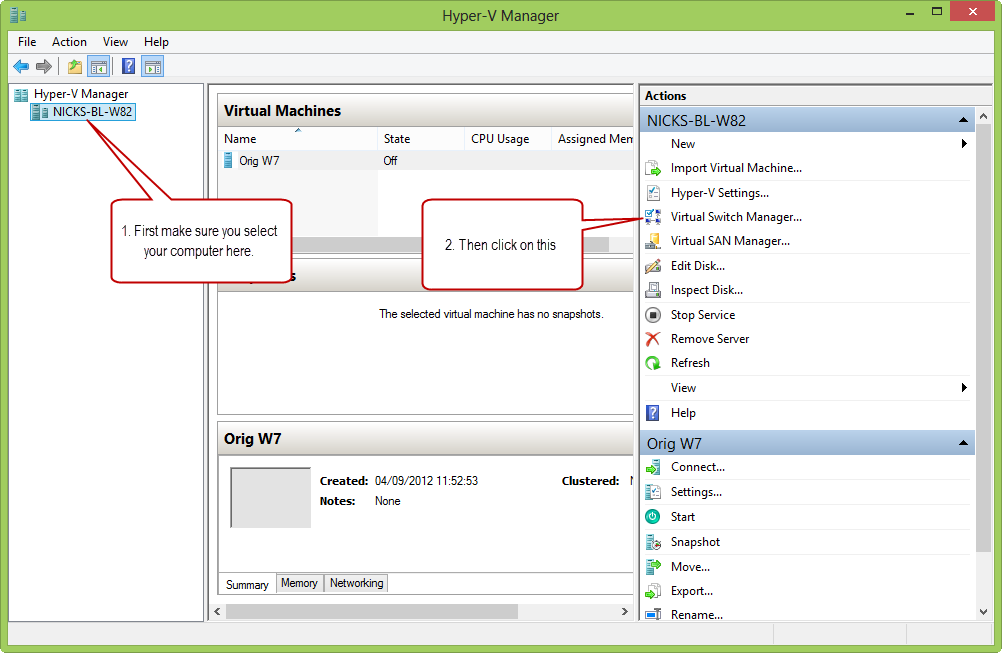Need to convert a TimeSpan to a sensible string for you Windows Phone or Windows Store App. With a little Bing help I created this converter. I hope you find it useful.
public class TimeSpanToStringConverter : IValueConverter
{
public object Convert(object value, Type targetType, object parameter, string language)
{
TimeSpan span = (TimeSpan)value;
if (span == TimeSpan.MinValue)
{
return "0 seconds";
}
string formatted = string.Format("{0}{1}{2}{3}",
span.Duration().Days > 0 ? string.Format("{0:0} day{1}, ", span.Days, span.Days == 1 ? String.Empty : "s") : string.Empty,
span.Duration().Hours > 0 ? string.Format("{0:0} hour{1}, ", span.Hours, span.Hours == 1 ? String.Empty : "s") : string.Empty,
span.Duration().Minutes > 0 ? string.Format("{0:0} minute{1}, ", span.Minutes, span.Minutes == 1 ? String.Empty : "s") : string.Empty,
span.Duration().Seconds > 0 ? string.Format("{0:0} second{1}", span.Seconds, span.Seconds == 1 ? String.Empty : "s") : string.Empty);
if (formatted.EndsWith(", ")) formatted = formatted.Substring(0, formatted.Length - 2);
if (string.IsNullOrEmpty(formatted)) formatted = "0 seconds";
return formatted;
}
public object ConvertBack(object value, Type targetType, object parameter, string language)
{
string strValue = value as string;
TimeSpan resultSpan;
if (TimeSpan.TryParse(strValue, out resultSpan))
{
return resultSpan;
}
throw new Exception("Unable to convert string to date time");
}
}
Like this:
Like Loading...

 + R to open the ‘Run’ dialog
+ R to open the ‘Run’ dialog






